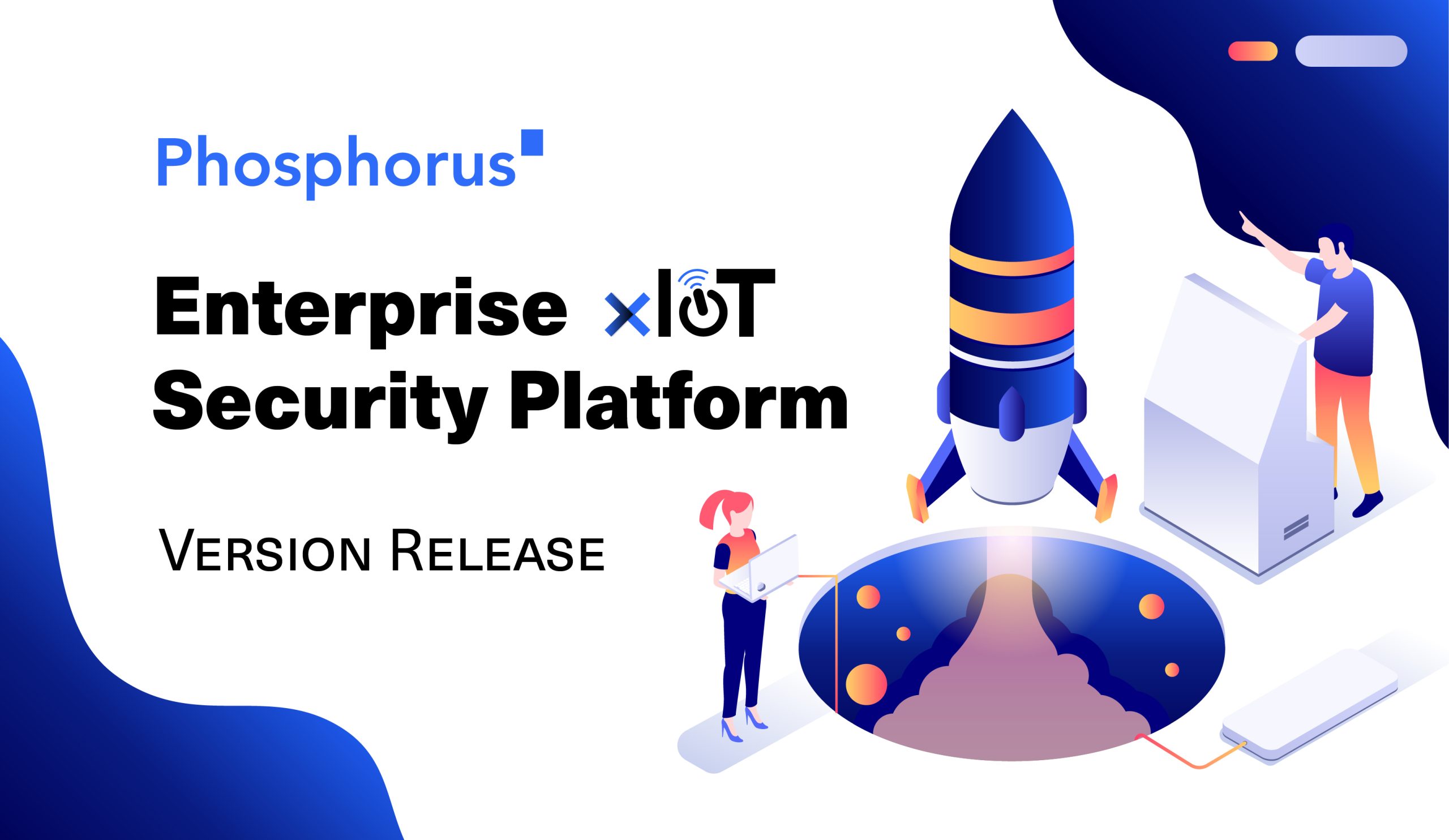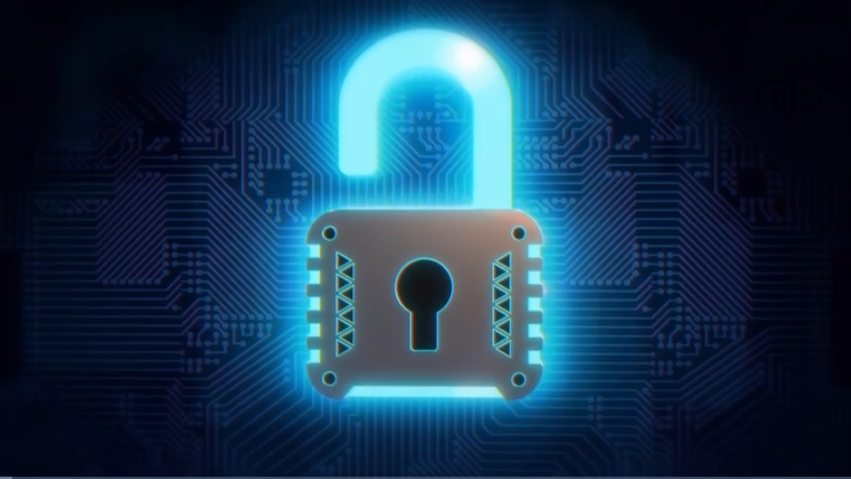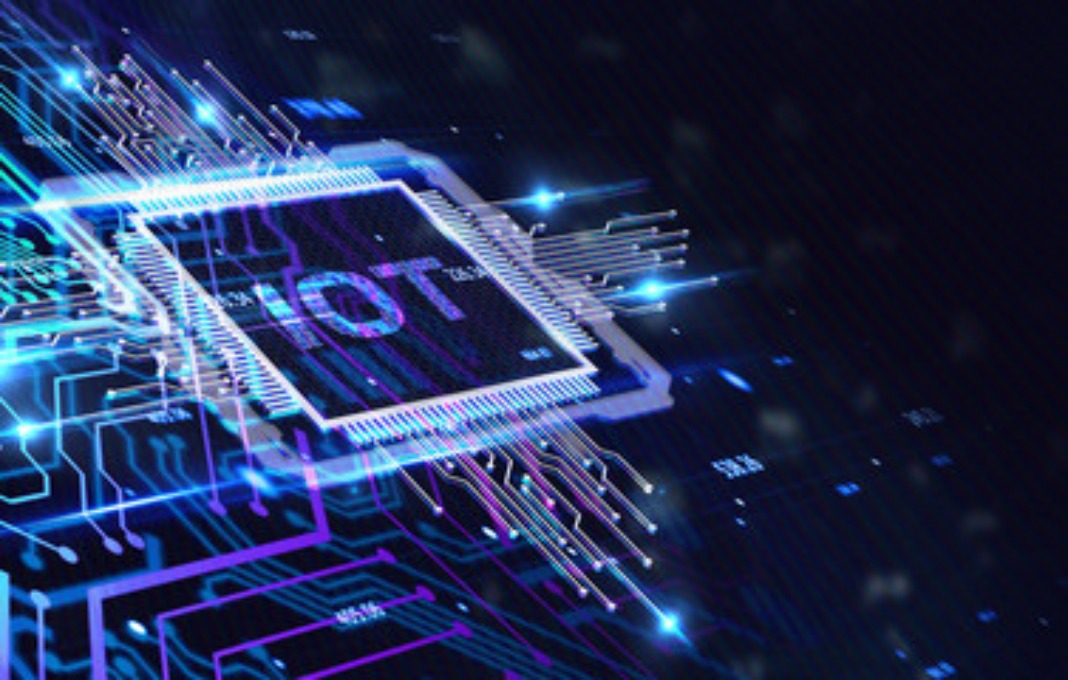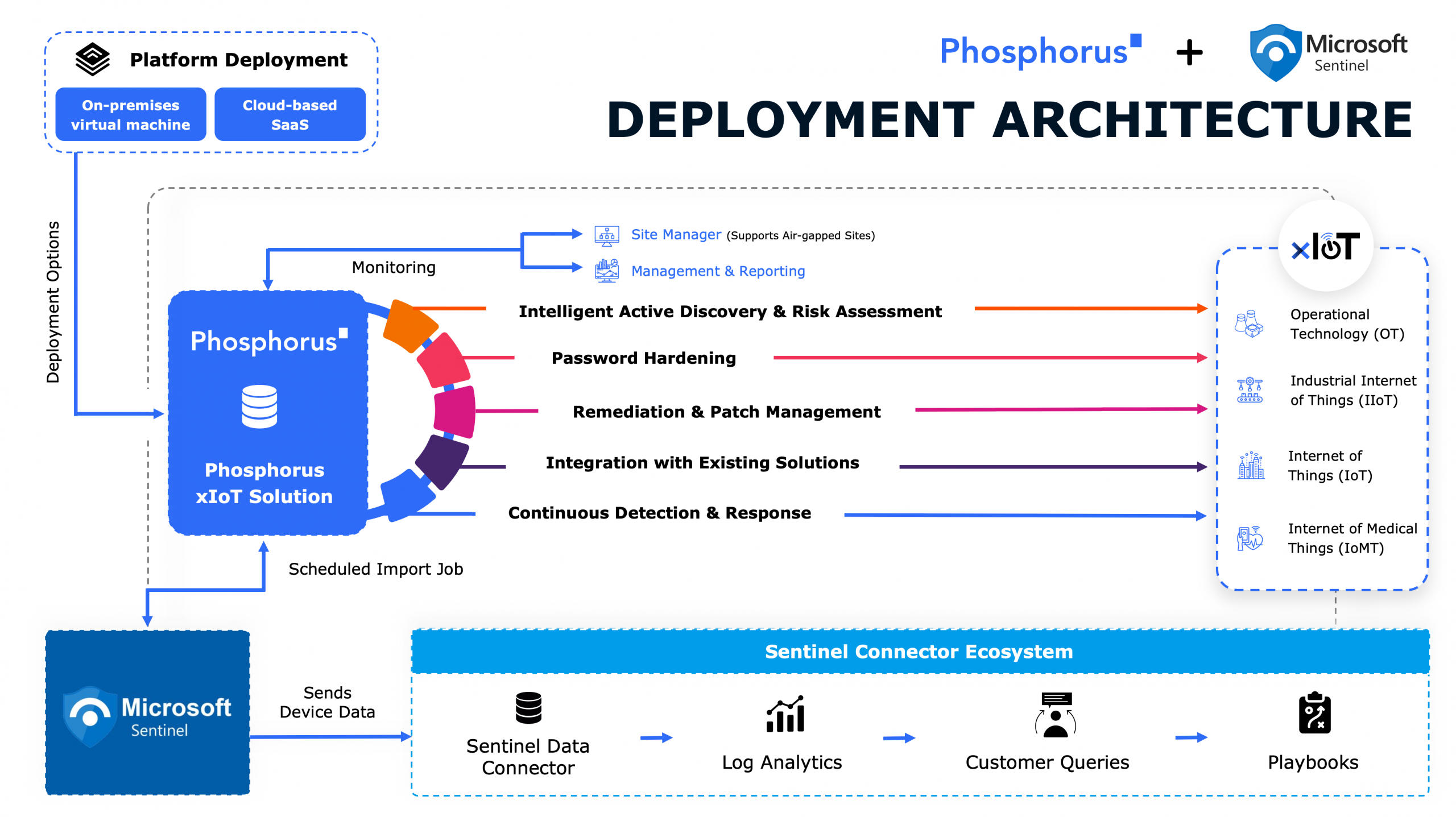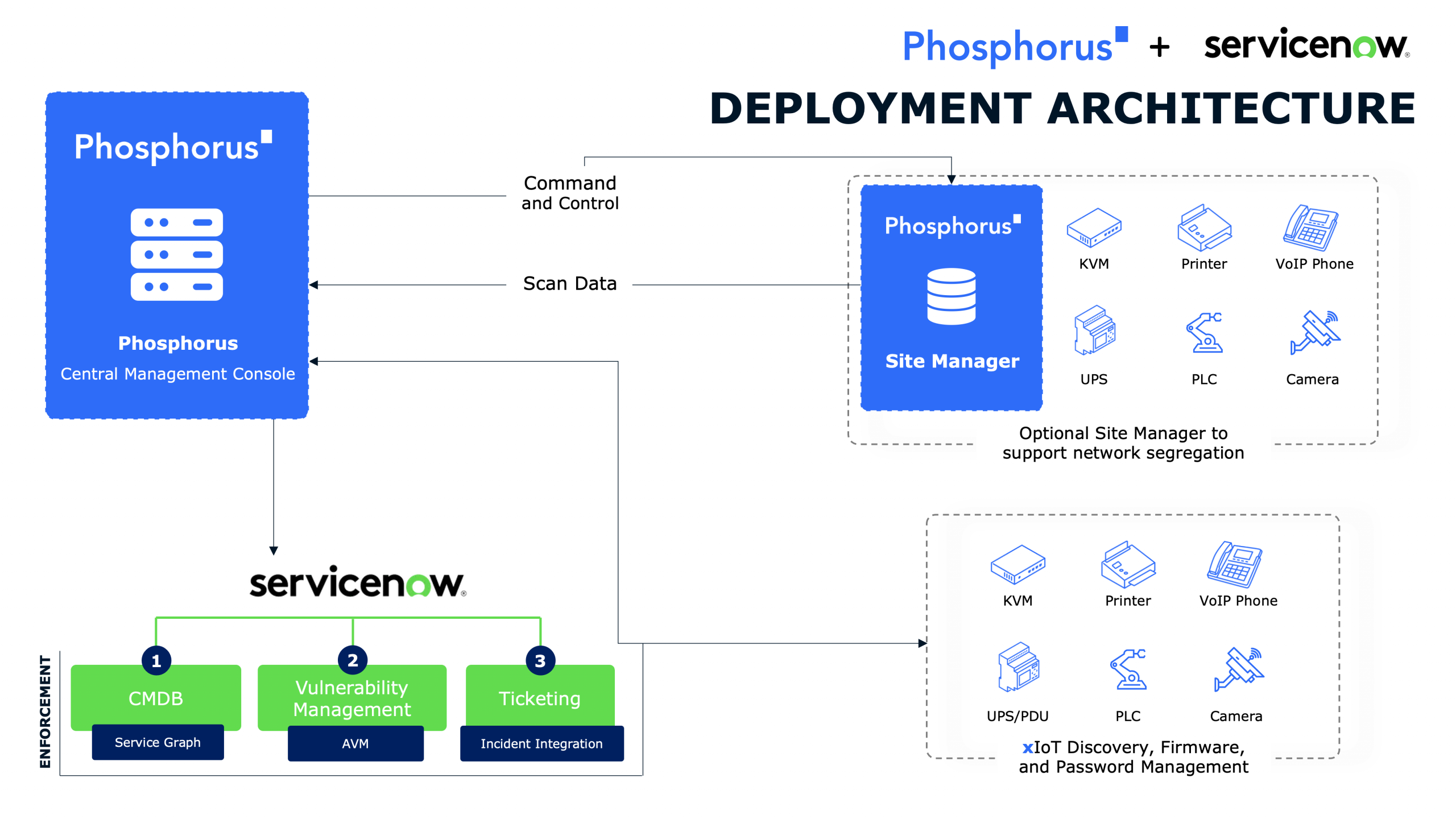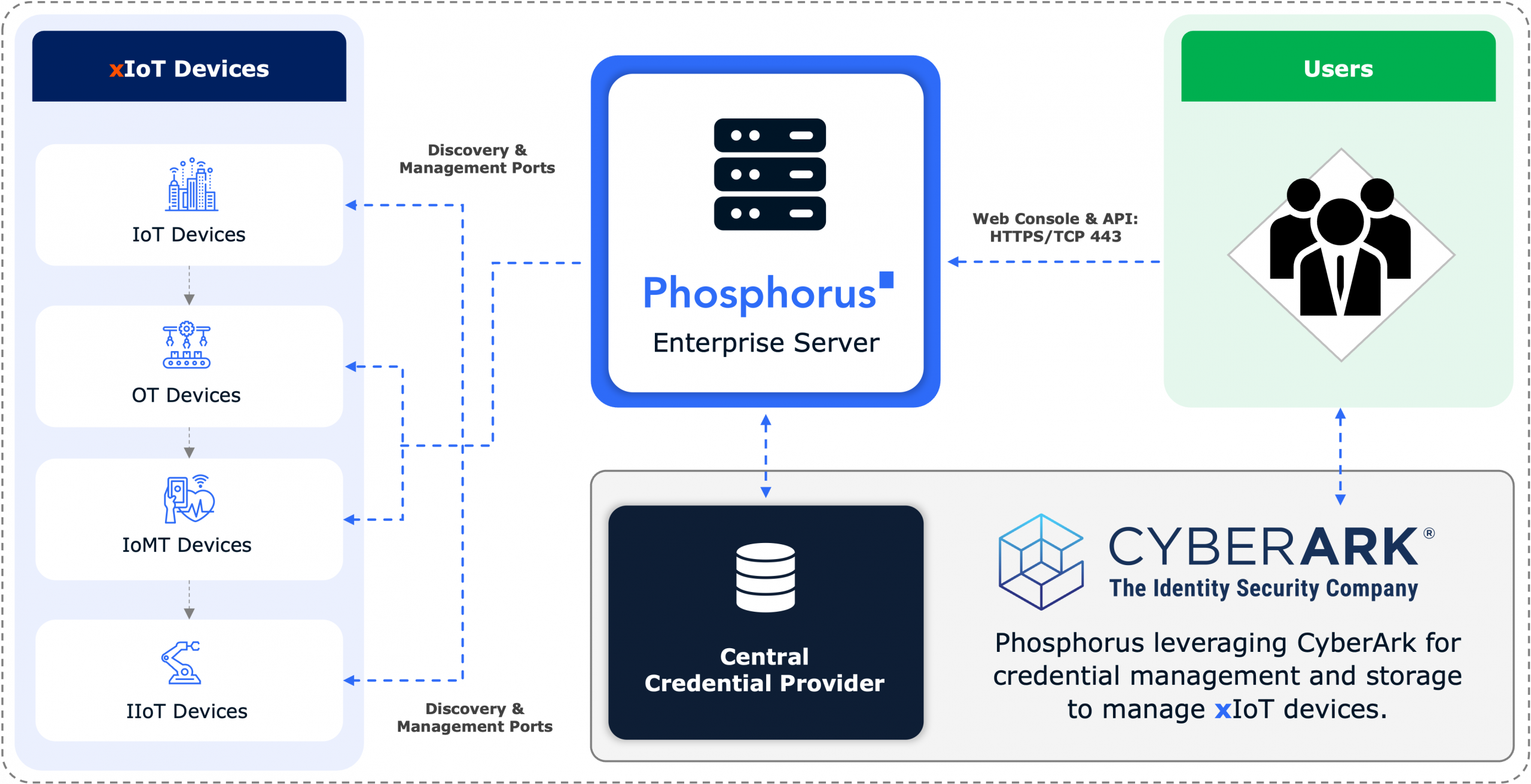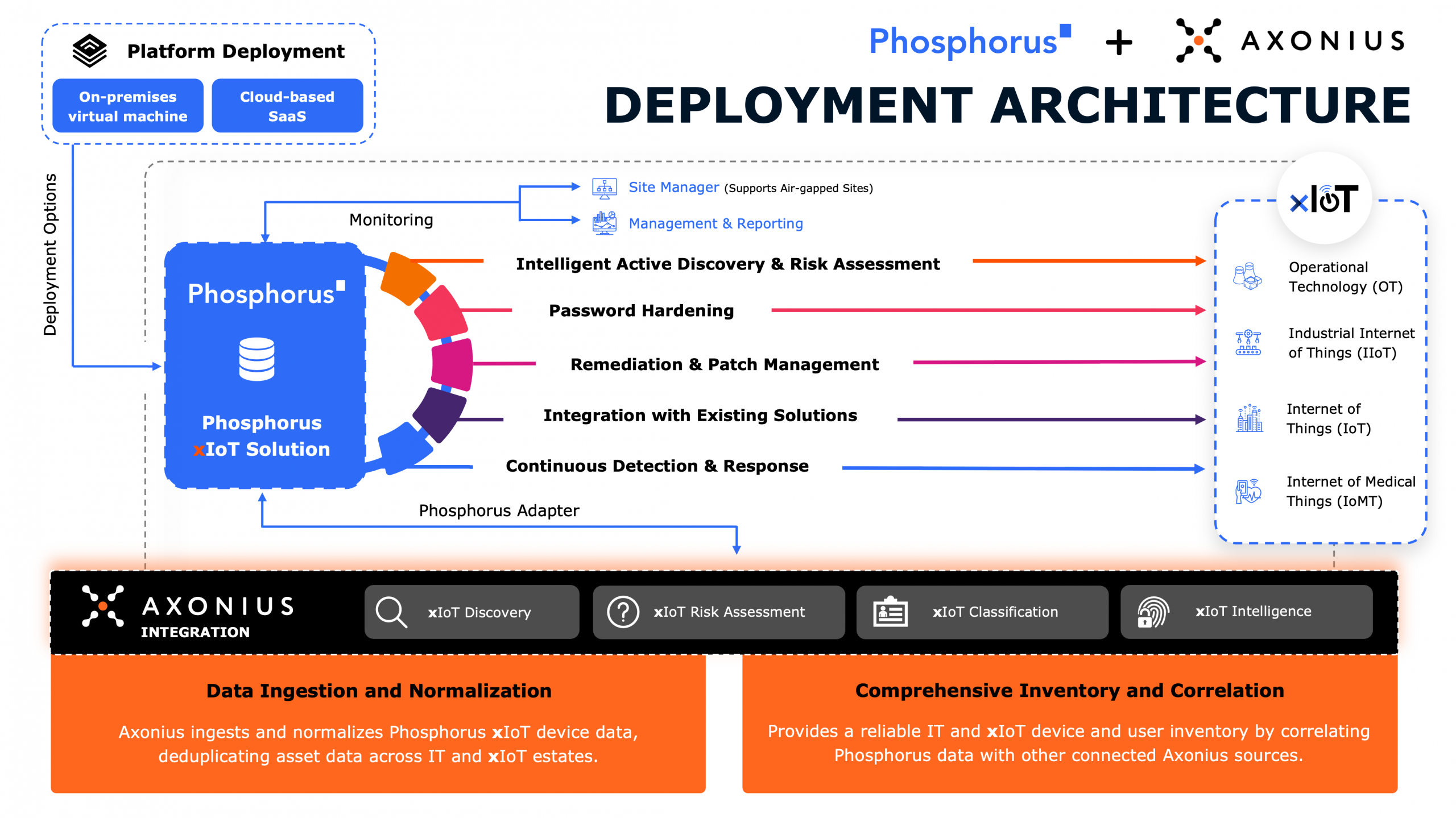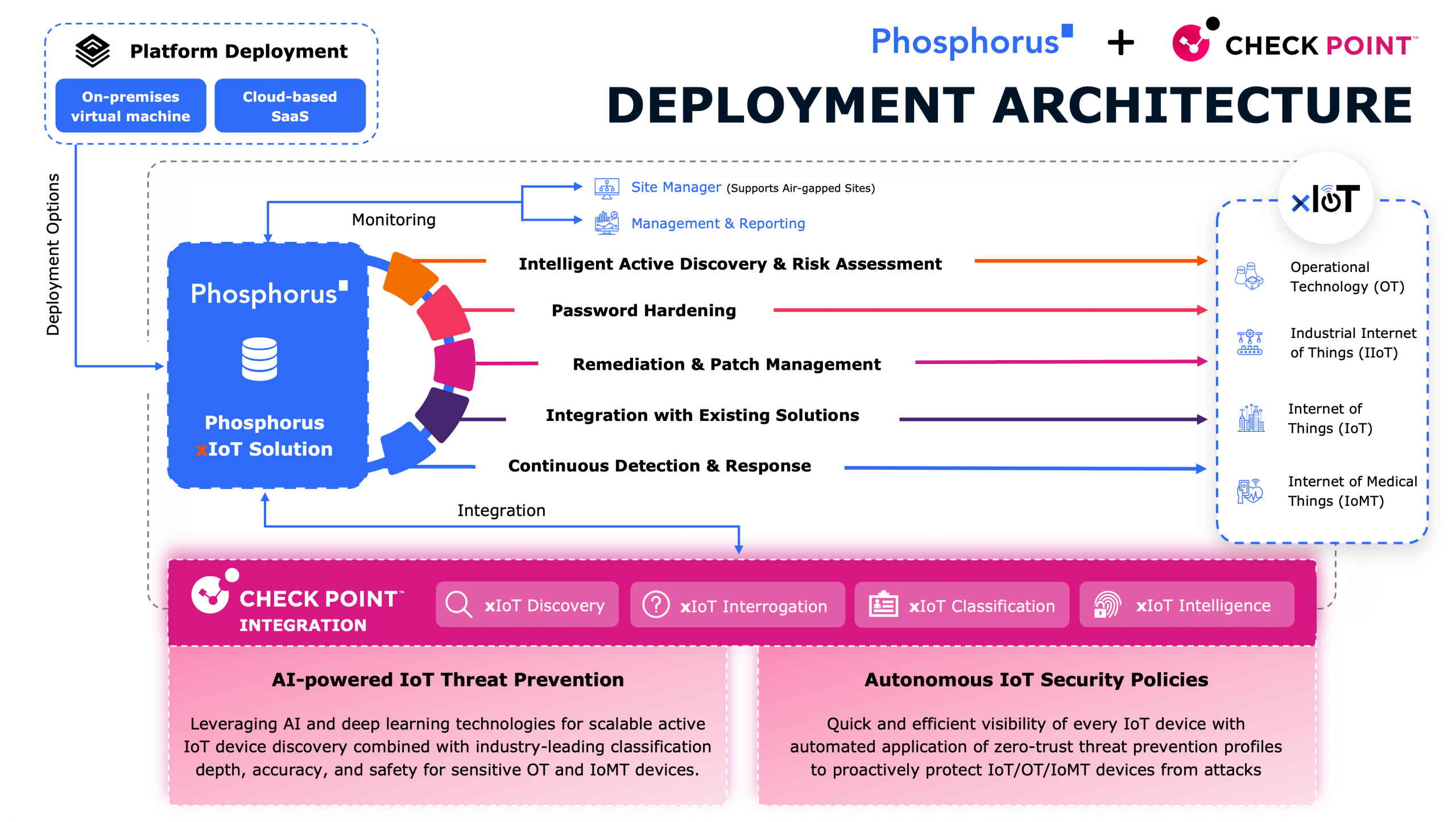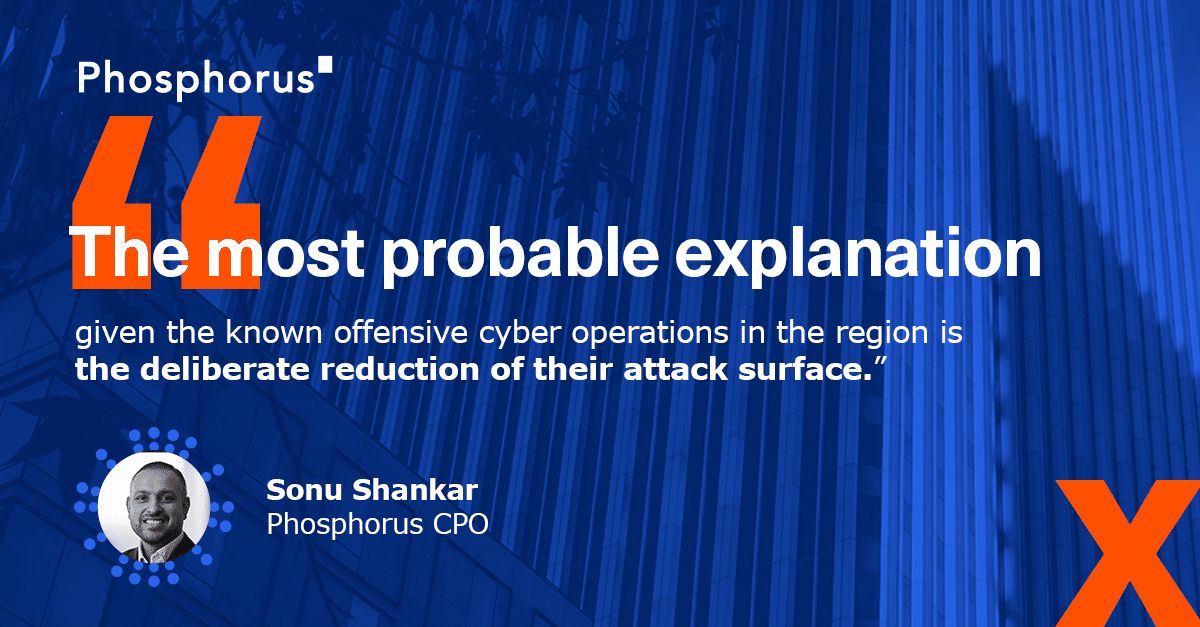
In a recent CyberNews article, Phosphorus’ Sonu Shankar weighed in on Russia’s growing digital isolation and what it means for cybersecurity worldwide. As the country limits its devices’ exposure to the public internet, some argue this makes them more resilient against cyber threats. While geopolitical and economic factors drive these changes, they serve as a critical reminder for other nations—especially the U.S.—about the importance of reducing unnecessary attack surfaces.
“Cybersecurity and cyberwarfare are other considerations. Due to Western sanctions, it’s difficult for Russia to replace or update aging network equipment and other public-facing devices. Unpatched hardware is a huge cybersecurity risk, which can be alleviated by removing access to it.” – CyberNews senior journalist Ernestas Naprys
In cybersecurity, visibility is everything. The fewer external pathways adversaries can exploit, the lower the risk of intrusion. By severing connections between its cyber-physical systems (CPS) and the broader internet, Russia is adopting a defensive strategy akin to micro-segmentation, minimizing exposure to external threats. While this level of isolation isn’t practical for most organizations, it underscores the importance of strict access controls, network segmentation, and proactive risk management.
For the U.S., where IoT, OT, and IIoT devices remain heavily interconnected, the lesson is clear: unmanaged and unmonitored connectivity increases the risk of compromise. Cyber-Physical Systems in critical industries—from energy grids to healthcare—must be hardened, monitored, and secured with proactive controls that go beyond detection and response. Without clear asset visibility and automated security management, organizations leave themselves exposed to the same risks associated with unpatched, outdated systems.
At Phosphorus, we help organizations find, fix, and monitor xIoT devices to close security gaps before they become entry points for adversaries. Our Unified xIoT Security Management Platform provides comprehensive discovery, risk assessment, and automated remediation for IoT, OT, and IIoT environments, eliminating default credentials, patching vulnerabilities, and enforcing best security practices.
As global cyber threats evolve, reducing unnecessary exposure is no longer optional—it’s essential. See how Phosphorus helps organizations harden their attack surface.



